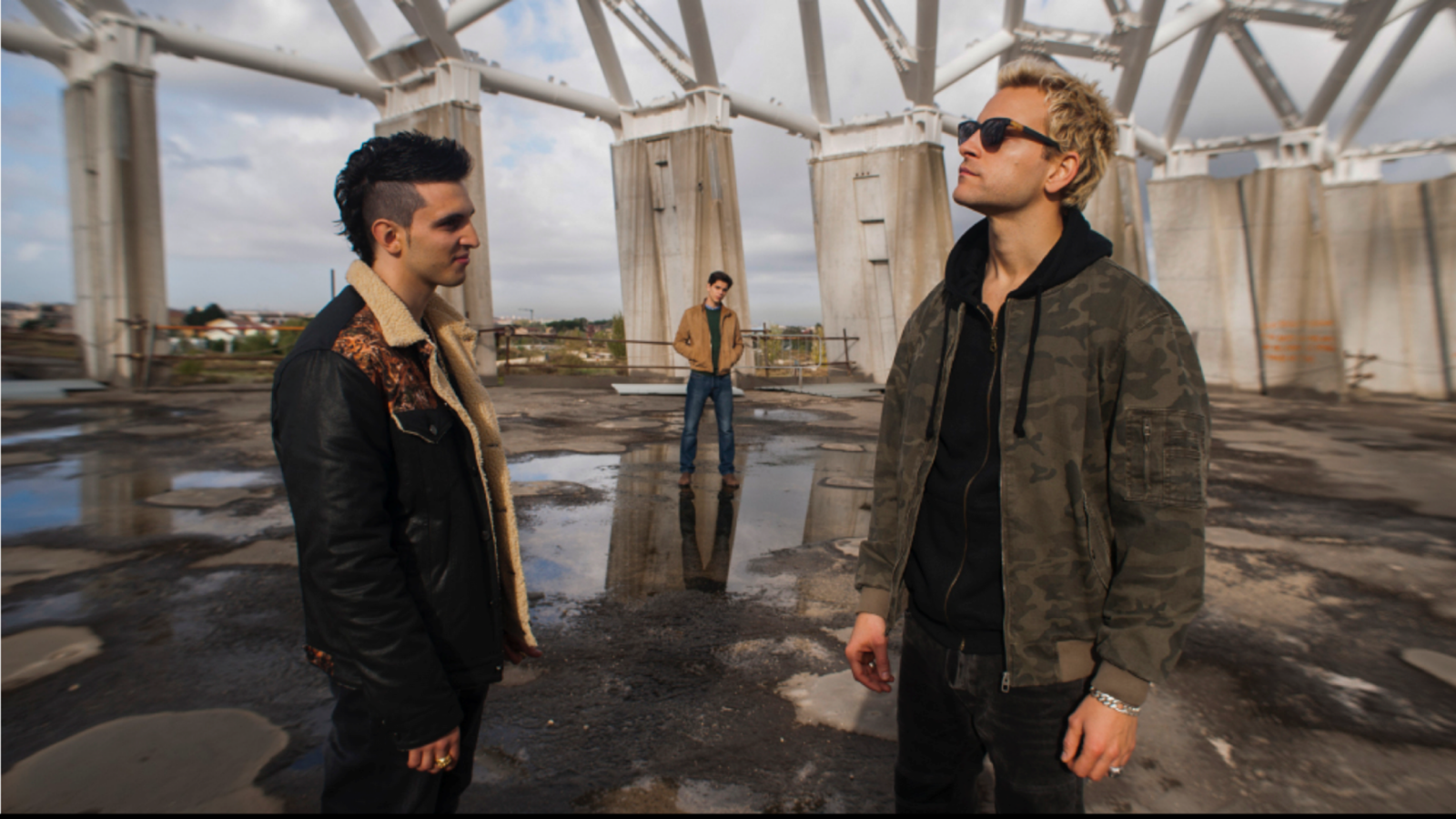
Scene from Suburra: Blood on Rome
Every semester FRIT offers a very popular course – Italian 2055: “Mafia Movies.” This is a general education course taught in English (GEL Visual and Performing Arts. GEN Foundation: Literary, Visual & Performing Arts), and it examines Italian and American mafia movies made from 1905 to the present and traces the history of the Italian and Italian American Mafias.
The course is offered virtually and enrolls around 500 students (70 during summer semester) from all over the university. So, what makes Italian 2055 so popular, and what topics are discussed in class? Let’s find out.
“As a longtime mafia movie fan, I created Mafia Movies with the hope of teaching something that I love,” says Dana Renga, Professor of Italian and Dean of Arts and Humanities, who created the course and taught it for many years. As Renga explains, “One main goal of the course was to have students think critically about texts that might be close to their hearts, such as The Godfather, Sopranos, and Goodfellas, and at the same time introduce them to Italian mob films and series that in many ways debunk the glamorized myth of the mafia that circulates internationally.”
The mafia, as a topic, is well known and loved in popular culture. References to the mafia can be found on many of our favorite contemporary television shows, in art, and even on restaurant menus, with items like “the mafioso burger.” These references and famous mafia images and characters have been passed down through generations and are imbedded in our cultural imagination.
“The mafia are ‘alluring criminals’,” notes Senior Associated Faculty in Italian Giuliano Migliori, who has been teaching the course over the past two years. “We love talking about them as fictional characters, but don’t want to have anything to do with them in real life.”
Italian 2055 puts the mafia into historical context. “We talk about post-unification Italy, the birth of Italy, and the birth of mafia as a crime organization,” says Migliori. The course also looks at how the fictional image of the mafia has grown so much that it has in turn affected the real mafia. For example, Tony Montana’s villa, as well as tattoos and the body language of other famous fictional characters, have been imitated by real mobsters. “Students love to talk about the intersection between the aesthetic portrayal of crime and real crime on the streets,” explains Migliori.
The second critical goal of the course is to allow for a discussion of themes that appear in movies and series on the mafia. These texts deal with violence, abuse, gender dynamics, homophobic language, and discrimination, topics that need to be addressed in today’s society.
“This is a platform for conversation that we should provide, especially for students entering college now,” says Migliori. “The movies and readings we discuss are complex; they challenge our moral compass and our cultural and familial values.” As a 2000-level General Education course, Italian 2055 attracts many students who are just beginning their college journey. These discussions provide them the opportunity to critically evaluate works of art and the issues they present and to draw comparisons between how these issues manifest globally and in our daily lives.
One of the aspects of the course that make it interesting for instructors and students alike is that it attracts a very diverse body of students. The diversity has increased since the course was shifted to an online format during the pandemic. The accessibility of course content has been upgraded, and students have more ownership over their learning and flexibility in their interaction with classmates.
Renga says that since she began teaching the course, student demographics have changed, as have student reactions to mafia movies in which sexism, racism, homophobia, agism, and ableism are overt. “It is clear from class conversations, course assignments, direct emails, and TopHat polls that many students are quicker to recognize and critique these films’ ‘casual racism’ or overt misogyny and homophobia,” says Renga.
The course aims to be comparative and presents opportunities to compare and contrast American and Italian cultures. Both American and Italian movies and television shows are included in the course content. Among American favorites are The Sopranos, The Godfather, and Goodfellas.
Italian films include The Leopard (1963), which is considered the Italian mother of mafia movies and has been called “one of the greatest visual experiences in the history of cinema” by film director Martin Scorsese. Another important historical film discussed in the course is Placido Rizzoto (2000). The movie Angela (2002), directed by Roberta Torre, is a women’s film of the mafia world with both a female protagonist and female director.
During autumn and spring semesters, students participate in 55-minute synchronous meetings twice a week. In a typical week, students watch a film in preparation for class, prepare some complementary readings and video articles, take a comprehension quiz, respond to a reflection post, and participate in discussion. The course also includes a technical introduction to cinema analysis and terminology.
During the summer, the course is faster paced. There is less time to engage with the material, but students have more opportunity to engage in discussions with classmates and participatory learnings.
The engaging and discussion-based nature of Italian 2055 is in large part thanks to the amazing Teaching Associates who help lead the class every semester. The course encourages real time conversations on discussion boards, where students are divided into smaller groups. Each TA leads three or four groups. TA’s also assist with Twitter polls and Zoom polls that gauge reactions and comprehension.
“I loved working with our amazing team of graduate students and associated faculty who helped shape the course,” says Renga. “The TA’s set the pace of the class discussions,” adds Migliori.
